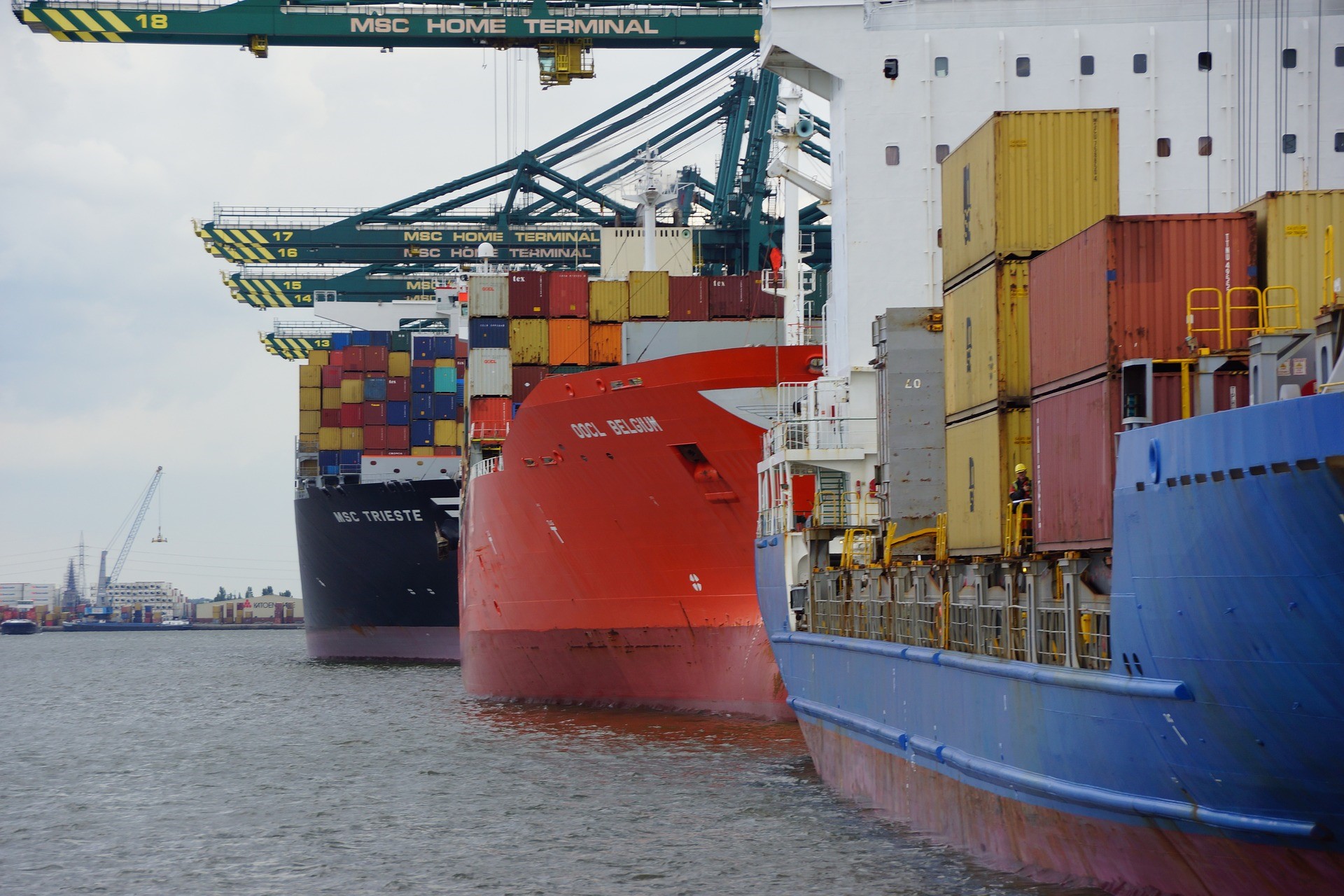Crédit Mutuel AM: Geopolitics heighten maritime environmental pressures
Crédit Mutuel AM: Geopolitics heighten maritime environmental pressures

Maritime transportation accounts for 90% of global trade and generates 3% of greenhouse gas emissions. Although it remains the least polluting mode of transport relative to the tonnage of goods transported (6x less than road transport), emissions could double by 2050 due to the constant increase in freight volumes.
International geopolitics, reshaping maritime flows
Until recently, 20% of global containerized trade passed through the Suez Canal. However, since the outbreak of the conflict in the Middle East in October 2023, the surge in the number of Houthi attacks from Yemen has greatly disrupted maritime transport on this route, down 67% in 2024. In response, major freight companies have diverted some of their cargo to the Cape of Good Hope (South Africa), extending the journey by about 6,000 km, i.e. an additional 10 to 15 days. This decision has resulted in higher freight costs as well as higher carbon emissions, which the Transport & Environment NGO estimates to be 45% higher on average per trip.
Another major geopolitical event is the trade war. Since President Trump took office, tariff threats have materialized, such as the implementation of a 25% tariff on imported vehicles since 3 April 2025 and on automotive suppliers starting May 3rd 2025. The escalation is even more pronounced between the United States and China. The Director-General of the World Trade Organization (WTO) warned on April 9, 2025 that trade between these two countries could decrease by 80%, triggering a major reorganization of supply chains and overstocking, leading to a sharp increase in trade volumes in the first half of 2025 and higher carbon emissions in the short term.
Moreover, the US government is considering the possibility of imposing a $120 tax per container, i.e. around $1-3 million for each Chinese-built ship docking in the US. With Chinese shipyards accounting for 39% of global output and 70% of new orders, there are concerns that global traffic will be disrupted, leading to rerouting. Container ships would offload goods in neighboring countries, congesting their ports, before transporting the goods by trucks, with emissions six times higher.
Global warming and maritime transport: A vicious circle
Although these disruptions might have a positive effect on the climate in the long term, particularly through the relocation of factories, they will accelerate global warming in the short term, impacting other navigation routes, such as the Panama Canal.
The Panama Canal handles around 6% of global maritime traffic, which translates into about 14,000 vessels per year and represents 40% of US containerized freight. It alone has prevented the emission of 16 million tons of CO2 per year. Powered by fresh water, it uses a complex system of locks to lift vessels up to the level of Gatun Lake. With droughts becoming recurrent, freshwater is no longer sufficient to make optimum use of this passage, forcing authorities to cut traffic by 40% in 2023 and ships to adopt much longer alternative routes.
However, global warming also made way for a new maritime route that connect Asia to Europe and reduces distances by 40% on average. The Northern Sea Route, made accessible by the melting of ice, is a source of economic interest. In fact, the number of vessels using this route increased by +37% between 2013 and 2023, amplifying environmental risks. Polar ecosystems are threatened by pollution: black carbon emissions that settle on ice and accelerate melting, wild degassing at sea and heavy fuel oil spills. In response to these environmental challenges, some freight companies have already chosen to avoid this route.
New energy sources and regulations to support climate transition
The climate targets set by the International Maritime Organization (IMO) – achieving zero greenhouse gas emissions by 2050 – are under threat. However, there are two primary ways to help mitigate negative climate contributions. The first is through regulation. In order to accelerate the exit from fossil fuels, the European Union has implemented a carbon tax that accounted for 2% to 5% of freight costs in 2024 and could double in 2025.
Meanwhile, in order to cut CO2 emissions by 30% by 2035 (vs 2008), the IMO has decided that as of 2028 all vessels that fail to reduce each year their emissions intensity (on the basis of 93gCO2/MJ) will pay a penalty equivalent to $380 per ton of excess CO2. In addition, despite strong geopolitical pressure, the IMO has strengthened regulations by banning the use of heavy fuel oil in the Arctic as of 2024 (with many exceptions until 2029).
The second option is through the renewal of the global fleet, 94% of which consumed fossil energy in 2024. More environmentally friendly fuels are beginning to emerge, despite operational realities that make their use less profitable for the time being. More than 50% of shipyard' orders are for vessels capable of operating with alternative fuels, first and foremost with liquefied natural gas (38%), followed by methanol (9%). Clarksons, a leader in the field, even estimates that 20% of the global fleet could use alternative fuels by 2030 compared to just 8% in 2024. There is hope yet.










